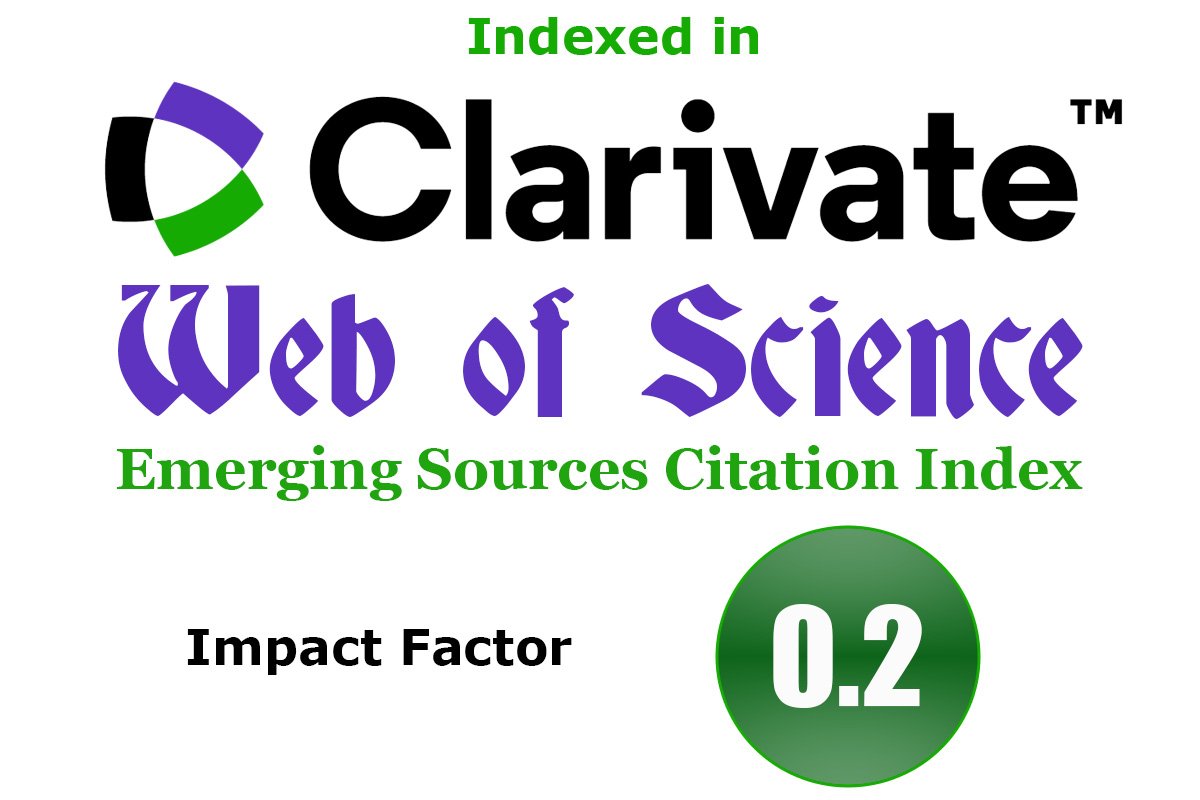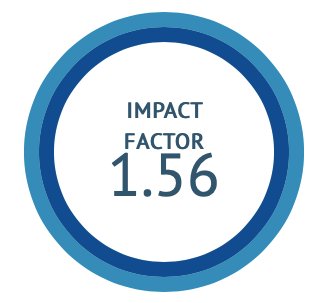Efficacy of oral Musalyapamarga churna in improving hearing threshold: A randomized controlled clinical trial in Badhirya w.s.r. to Sensory neural hearing loss (SNHL)
DOI:
https://doi.org/10.47552/ijam.v16i1.5196Keywords:
Badhirya, Musalyapamarga churna, Sarivadi Vati, Sensorineural hearing lossAbstract
Introduction: The sense of hearing, crucial yet often overlooked, profoundly impacts life. Hearing loss, whether slight or profound in one or both ears, detrimentally affects social, professional, and personal aspects. Modern treatments like hearing aids and implants are effective but can be financially challenging. In underdeveloped regions, Ayurvedic therapies such as Musalyapamarga Churna, known for its Vata-hara and Rasayana properties, offer a potentially accessible and cost-effective alternative. The study aims to explore the efficacy of Musalyapamarga Churna in treating sensory neural hearing loss (Badhirya), leveraging Ayurveda's holistic approach to improve public health outcomes.
Methods: This study aims to evaluate the efficacy of Musalyapamarga Churna in Badhirya,in this study 30 patients were enrolled and randomized into two groups Group A (Musalyapamarga Churna) and Group B (Sarivadi Vati), 15 in each group.
Results: Statistical analysis using paired t-tests within groups and unpaired t-tests between groups showed significant improvement in both the trial and control groups (p=0.001).
Conclusion: In the present study Musalyapamarga Churna was effective in the management of Badhirya. Both groups were equally effective in the management of Badhirya.Downloads
Published
How to Cite
Issue
Section
License
Copyright (c) 2025 International Journal of Ayurvedic Medicine

This work is licensed under a Creative Commons Attribution-NonCommercial-ShareAlike 4.0 International License.
The author hereby transfers, assigns, or conveys all copyright ownership to the International Journal of Ayurvedic Medicine (IJAM). By this transfer, the article becomes the property of the IJAM and may not be published elsewhere without written permission from the IJAM.
This transfer of copyright also implies transfer of rights for printed, electronic, microfilm, and facsimile publication. No royalty or other monetary compensation will be received for transferring the copyright of the article to the IJAM.
The IJAM, in turn, grants each author the right to republish the article in any book for which he or she is the author or editor, without paying royalties to the IJAM, subject to the express conditions that (a) the author notify IJAM in advance in writing of this republication and (b) a credit line attributes the original publication to IJAM.




